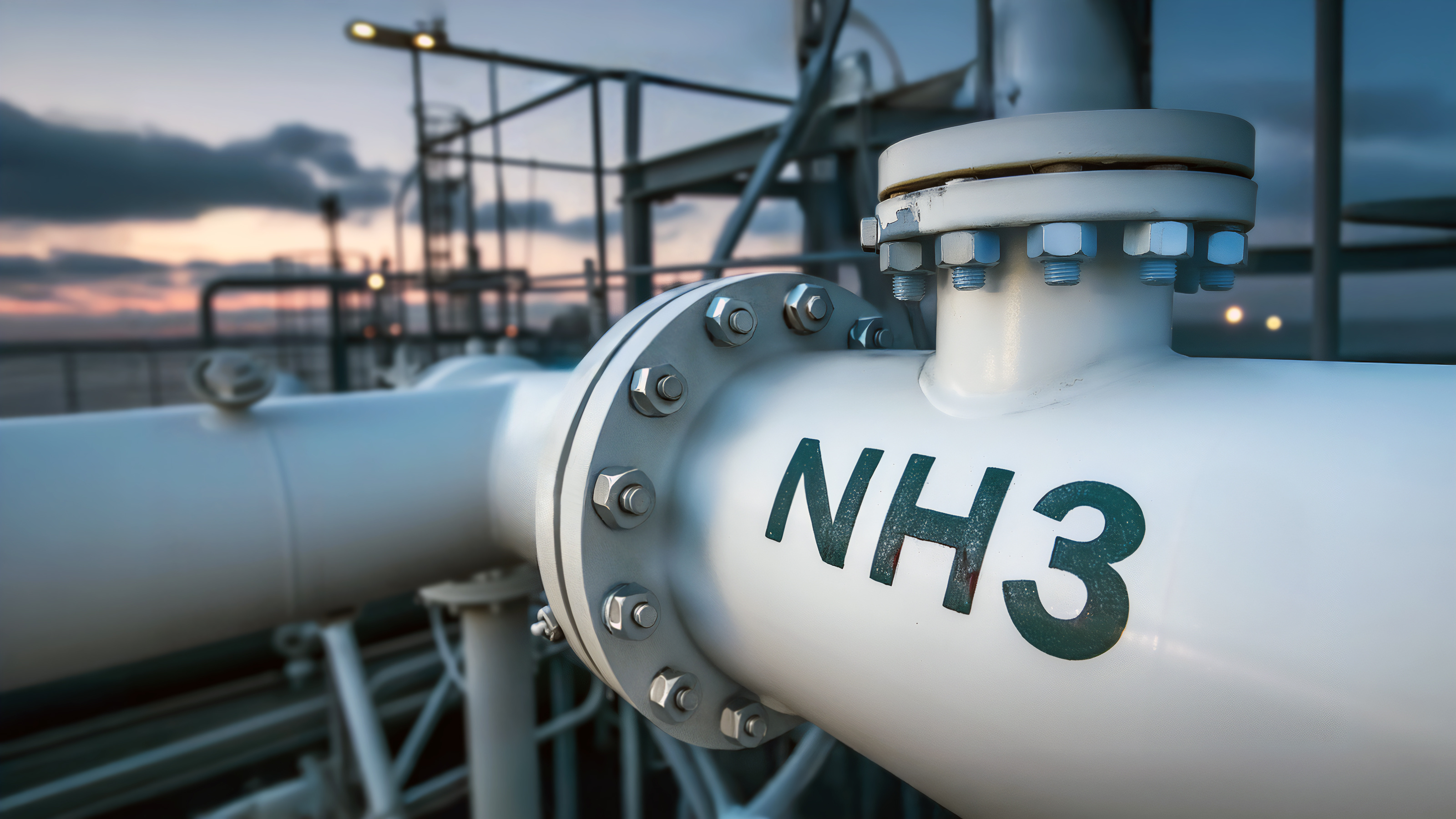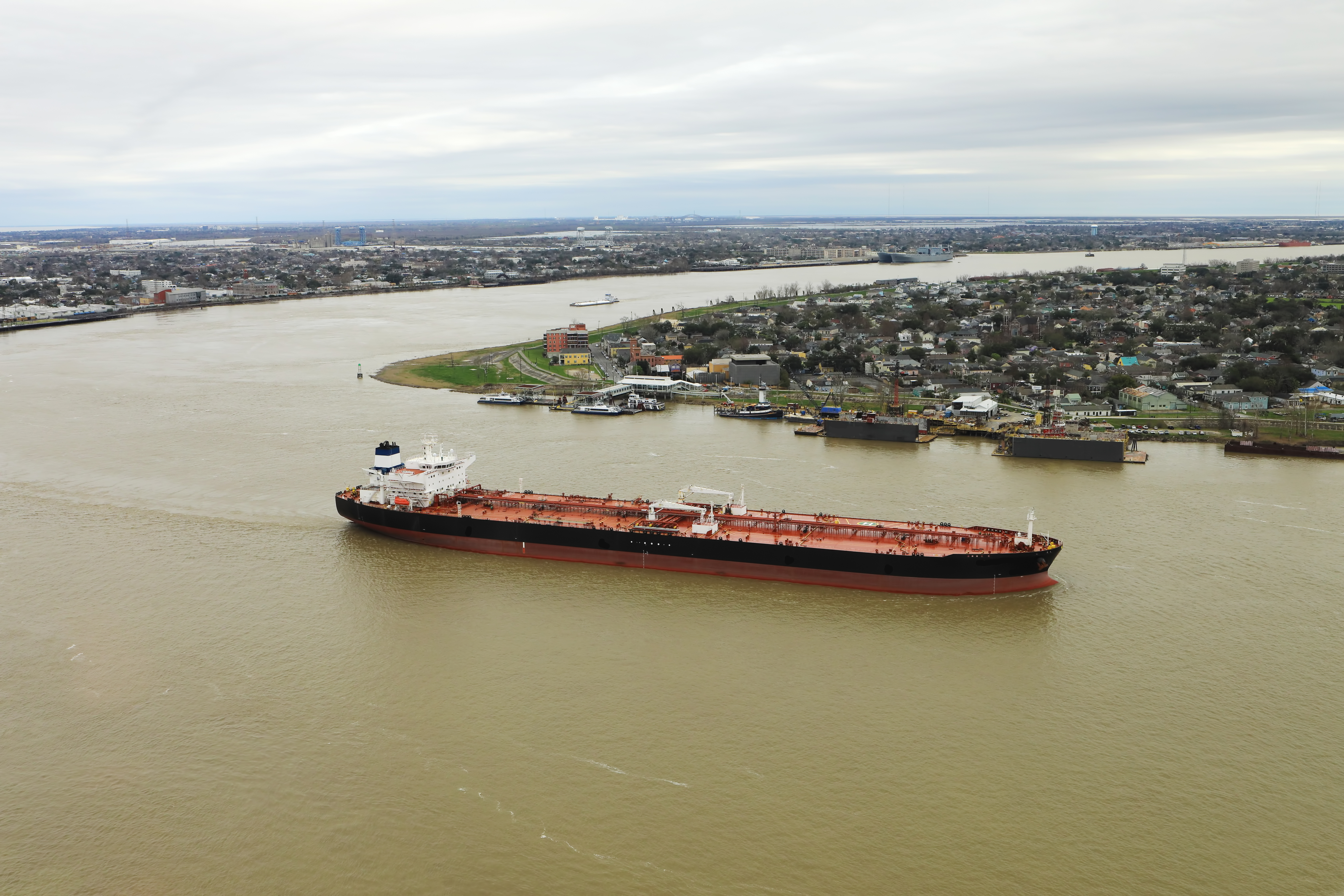The UK P&I Club PEME Programme provides an enhanced medical screening service for all crew. As part of the PEME examination, crew are screened on all the major body organs and functions. Data collected from the medical examinations is regularly analysed and the results used for identifying trends in crew health.
Hearing defects remain a significant cause of UK Club PEME failures, ranking eighth from December 2023 to December 2024. The Club has noted the largest group of seafarers who are affected by abnormal audiometry results work in engine rooms.
Typically, crew with poor audiometry results also display signs of mild to moderate high frequency hearing loss. Seafarers working in engine rooms have a higher tendency to experience hearing disabilities. This is especially true for crew who do not use precautionary measures.
High levels of ambient noise, typically above 85 dBA cause noise-induced hearing loss (NIHL). The negative effects of such levels of noise and higher, depend upon individual physiology and the duration of exposure.
Identification and limitation of hearing damage
Audiometric testing is included as part of the UK Club PEME examination. It is the only diagnostic evaluation relevant to indicate noise-induced hearing loss (NIHL).The screening is performed by an audiometric testing machine within a sound proof booth, which provides an accurate measure of any damage. The following features are essential for a robust hearing conservation program:
- A baseline audiometry test to be performed within six months of exposure for all seafarers. The test should ideally be performed when the seafarer has not been exposed to hazardous noise for at least 14 hours.
- Seafarers exposed to higher noise levels may be required to attend training on the effects of loud noises on hearing, the purpose of audiometric testing and protective devices available to mitigate the effects of noise damage.
- As exposure to loud noises, such as in engine rooms, is unavoidable on ship, hearing protection within these areas is mandatory. Devices for hearing protection including earplugs or earmuffs can be easily sourced and used onboard. The most effective ear protection is the ear protector.
- Allow breaks for seafarers between each episode of exposure to loud noise (more than 85 dB) especially when sound levels are higher and prolonged.
Conclusion:
The UK P&I Club PEME Programme believes if the above recommendations are implemented they will help protect seafarers from hearing loss and thus safeguard ship owners/operators from facing claims resulting from hearing damage incurred whilst onboard.
Thanks to: DR. M. K. E. MEMON M.B.B.S., M.C.P.S., M.R.S.H. - Kaifak Medicare Pvt. Ltd.






